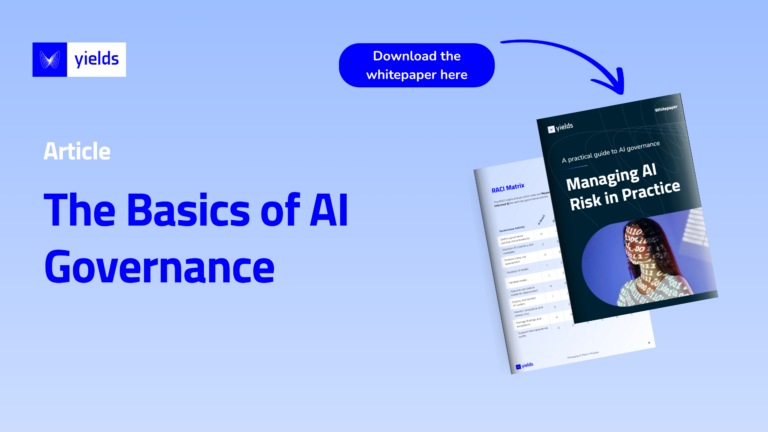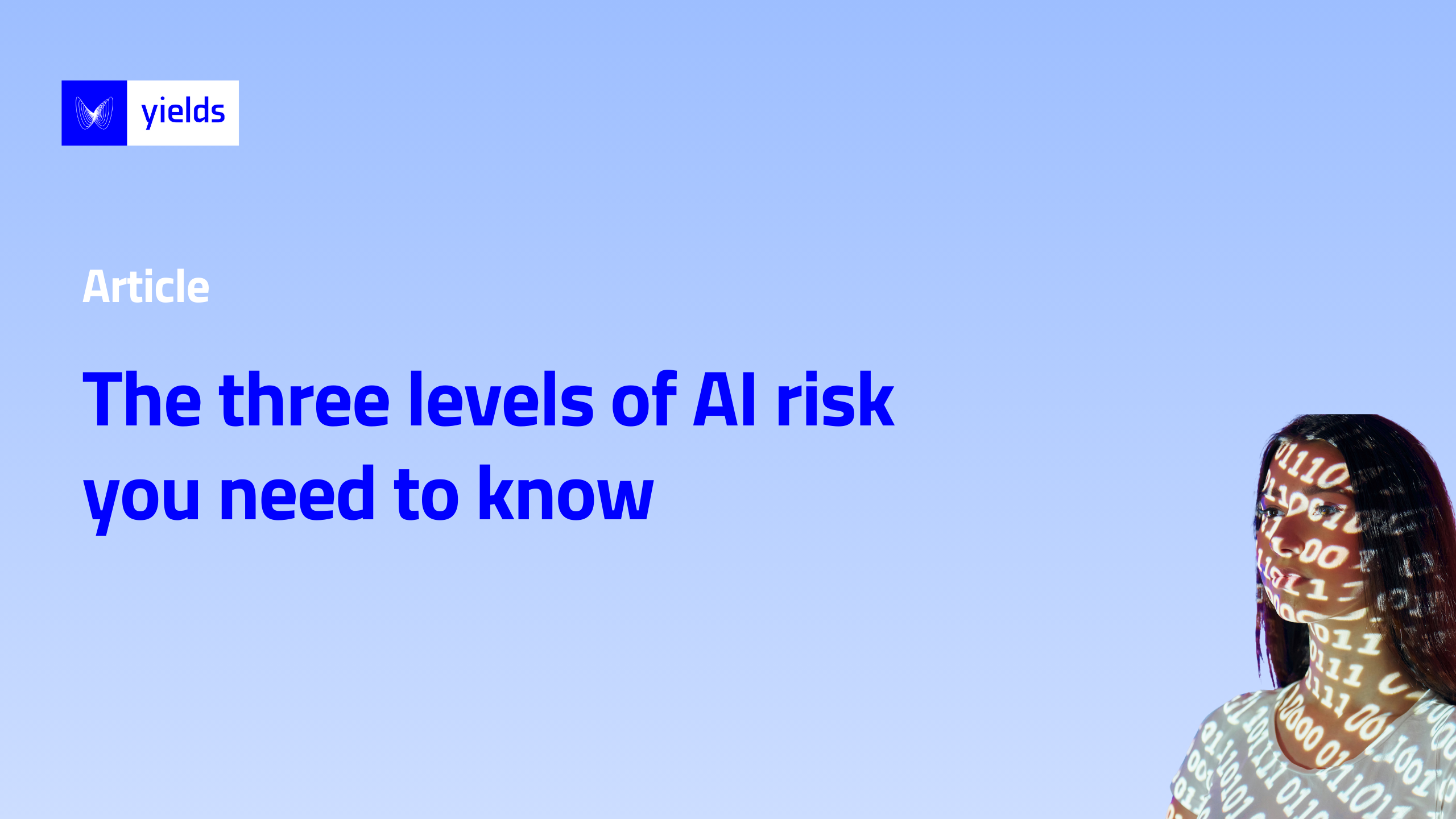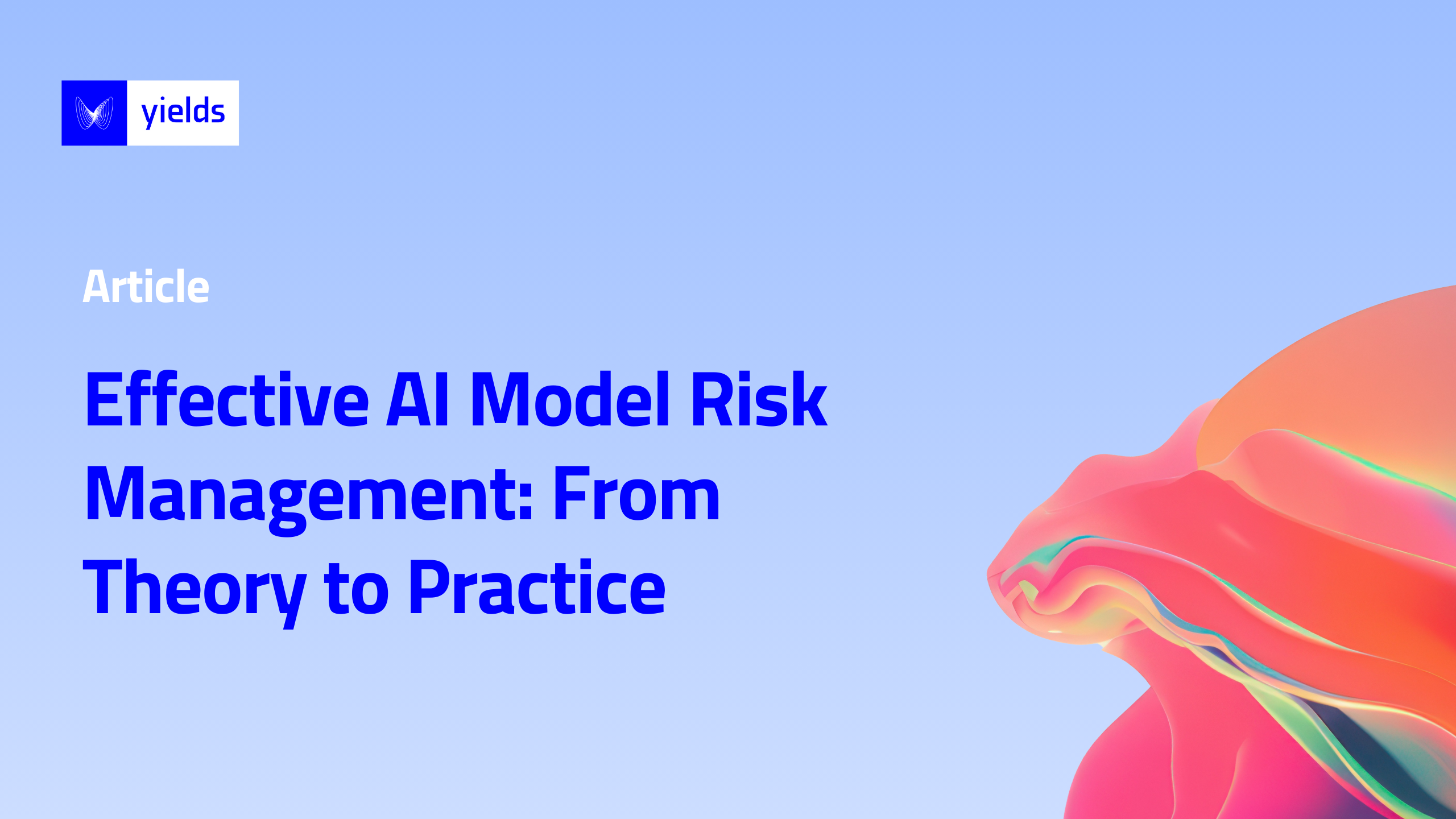Laying the foundations: What every AI Governance program needs to define first
Starting an AI governance program isn’t just about implementing processes, it’s about setting clear definitions from the outset. Before organizations can begin managing risks or tracking compliance, they need to understand what exactly they’re governing.
At the heart of this foundational phase is the concept of the AI use case. It’s not just a buzzword, it’s the unit of governance around which responsibilities, controls, and assessments are organized. To manage AI systems effectively, we also need precise definitions of related elements: models, components, and datasets.
Here’s how we break it down.
The AI Use Case: The core unit of governance
An AI use case refers to a specific application of AI technology to meet a concrete business or operational goal. It always includes a defined context, a user base, relevant data, at least one model, and supporting components.
For example, “predicting customer churn in telecom” is an AI use case. It involves a model that forecasts churn, datasets feeding that model, and components like dashboards or decision rules.
To qualify as an AI use case, the solution typically:
- Automates a decision, prediction, classification, or recommendation
- Incorporates a model as one of its components
These are the scenarios regulators and risk managers focus on, making clear identification essential.
What is a Model?
In the context of governance, a model is a clearly defined mathematical or computational element that transforms input data into outputs, whether predictions, classifications, or scores.
It might be built using machine learning (like neural networks or decision trees), or take the form of an expert system. The critical point is that the model learns from or applies patterns to data.
Models are subject to lifecycle controls: they are versioned, validated, and monitored over time. A typical model includes:
- An input component (feeding data and assumptions)
- A processing core (performing calculations)
- An output component (generating business-relevant results)
If one of these parts is missing, it’s not a model, and should be governed differently.
Components: The supporting infrastructure
Not every element of an AI use case is a model. Components include everything that supports or enables the model, from data pipelines and APIs to monitoring tools and user interfaces.
They don’t perform predictions, but they’re critical to system performance and compliance. By identifying components separately, organizations can apply the right governance: monitoring data drift at the pipeline level, for example, without conflating it with model performance.
The role of datasets
A dataset is any structured collection of data used to train, validate, or run AI models. It might be labeled (in supervised learning) or not. Regardless, it plays a central role in shaping outcomes around performance, fairness, and compliance.
Datasets should be explicitly catalogued and monitored, they’re often where issues like bias, privacy risk, or concept drift originate. Governance starts with knowing what data feeds your models, and how.
Why these definitions matter
These definitions are more than theoretical. They form the building blocks of a scalable, transparent AI governance program. Without them, it’s impossible to create consistent inventories, assign responsibilities, or apply effective controls.
They’re also essential for onboarding AI ambassadors, internal experts who can advocate for best practices and drive governance efforts across the organization.
Want to read more about managing AI risks?
Explore the full insights in our whitepaper.
This guide gives you:
- A clear, role-based AI governance model
- Concrete steps for identifying, assessing, and managing AI risks
- A lifecycle approach aligned with the EU AI Act
- Real-world case studies and common pitfalls
- Tips to embed trust and accountability into every AI system
Whether you’re starting your AI journey or scaling fast, this is the governance foundation you need to move with confidence.
Download the whitepaper now and start operationalizing trust in your AI.
Download whitepaper
Author

Jos Gheerardyn has built the first FinTech platform that uses AI for real-time model testing and validation on an enterprise-wide scale. A zealous proponent of model risk governance & strategy, Jos is on a mission to empower quants, risk managers and model validators with smarter tools to turn model risk into a business driver. Prior to his current role, he has been active in quantitative finance both as a manager and as an analyst.





